One
By Adam Clayton, The Edge, Bono and Larry Mullen
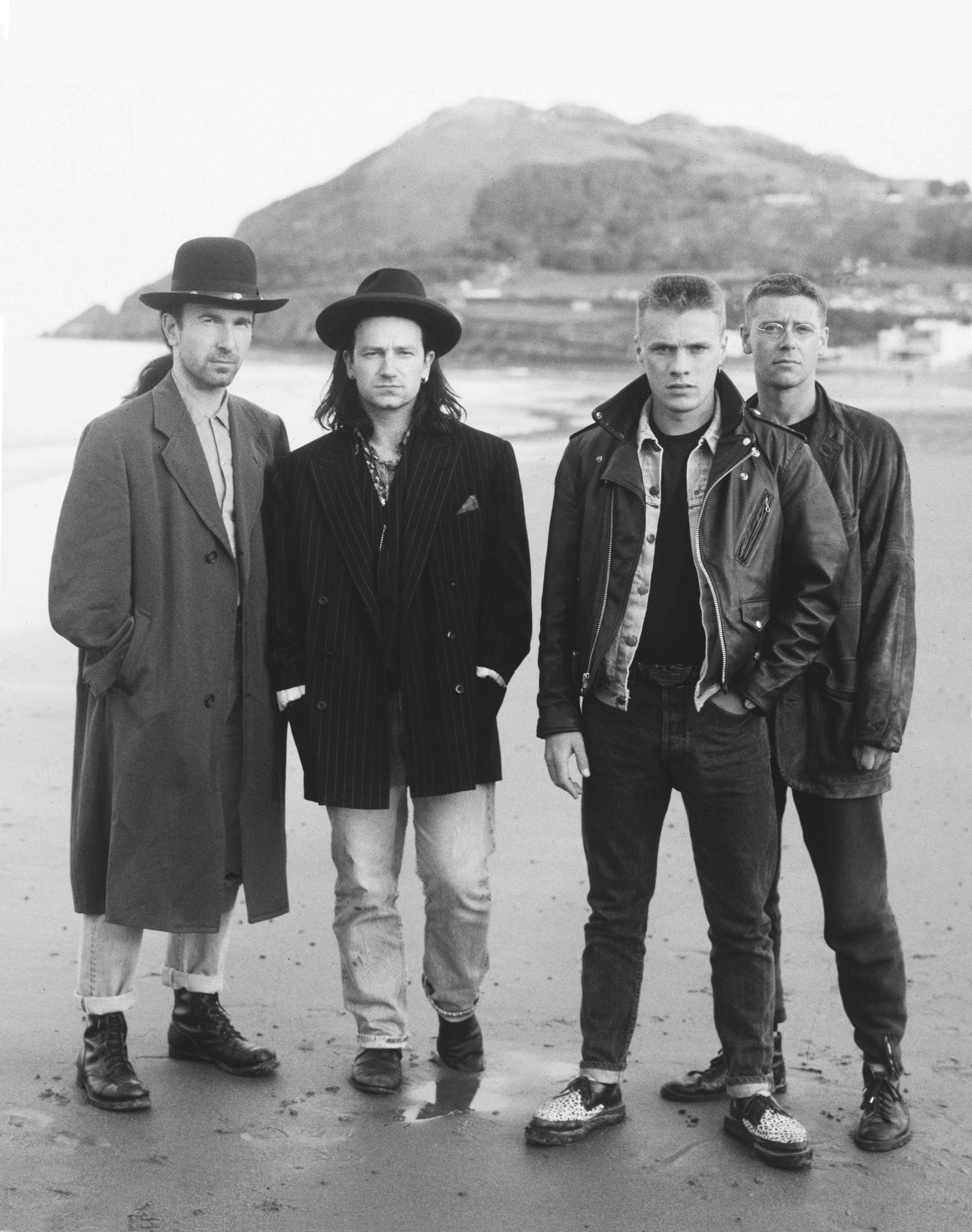
U2 effectively established themselves as the biggest band in the world with The Joshua Tree (1987), a triumphant album of brilliant songs that saw them garner their first US No.1 hit and appear on the cover of Time Magazine. It contained big songs that set new standards for the band, like ‘With or Without You’, ‘One Tree Hill’ and ‘Still Haven’t Found What I’m Looking For’. The Joshua Tree went on to top charts all over the world, selling 25 million copies. But that was really just the moment when U2 properly hit their collective stride in songwriting terms. There was more, and arguably better, still to come. They released Rattle and Hum as a unique film and double album salvo in 1988, finishing out the decade with a gig in The Point Theatre with B.B. King as Special Guest, before going away, in Bono’s famous phrase, “to dream it all up again.”
This they did, in spectacular style. Making the album Achtung Baby (1991) was so traumatic for the band that they almost threw in the towel. They were stuck in Hansa Studios in Berlin – where David Bowie had recorded his iconic Low and Heroes albums – and going nowhere fast, when inspiration finally hit. Edge started a song. Bono improvised a set of lyrics. Larry and Adam got into the groove, and they sensed before the day was out that they were onto something. There was much work to be done yet, but the cut eventually turned into ‘One’, regarded by many as the stand-out track on U2’s second mega-million selling meisterwerk. Indeed, it is widely regarded as U2’s finest ever song. Released as a single, it was a global hit, on an album that went to No.1 across the world. Axl Rose of Guns N’ Roses said he considered ‘One’ to be one of the greatest songs that has ever been written. “I put the song on and just broke down crying,” he said. In a special edition of Q Magazine in 2003, it was voted the best song of all time. Mary J. Blige did a marvellous collaboration with U2, which powerfully underscored the song’s soul roots. “If I was to pick one song,” drummer Larry Mullen Jr told Guardian writer Dorian Lynskey, “which encapsulates everything about who and what we are, it would have to be ‘One’. Every time I hear it or play it, it connects.” The good news is that it is indeed as good as the hype suggests. ‘One’ captures the Irish superstars at their finest in every respect. It is one of the greatest songs of the past fifty years bar none. Listen – and believe...
The Story Behind The Song
Sometimes it can seem as if you’re digging a hole. Another day, another recording session. Nothing seems to be coming out right. You flounder around for six hours, and at the end of it you know that inspiration has gone on an extended holiday. But now that you’re into the process there’s no option but to keep going. And so you flounder some more. And then suddenly: BANG!
U2 were in Berlin for three months and they delivered two songs. And one of them happened by accident. They were in the throes of working on ‘Mysterious Ways’ and looking for a middle eight. The Edge came up with two alternatives. Bono heard one of them and he thought “Massive new song!” He improvised a melody over the chords and it sounded good.
“The Edge put the other middle eight on at the end of it and that just became the song. The melody, the structure – the whole thing was done in 15 minutes,” Bono recalled.
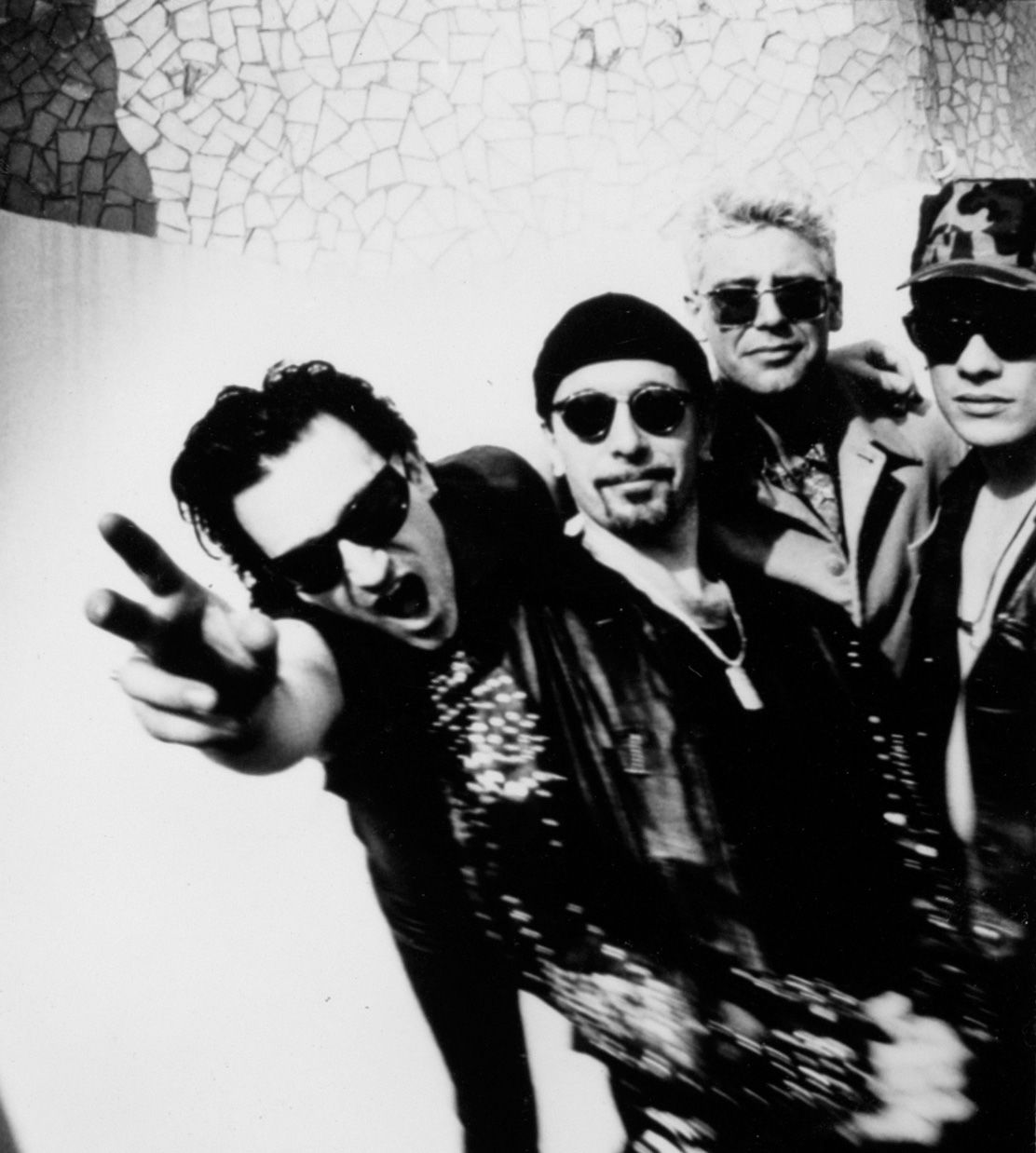
U2: what's so funny about peace, love and... sunglasses?
U2: what's so funny about peace, love and... sunglasses?
The chorus, it is said, emerged from an exchange between Bono and the Dalai Lama, who had invited U2 to contribute to a benefit concert called Oneness. Bono declined, signing the letter: “Lovely to correspond. One but not the same, Bono.”
Naturally, the band was excited. It was one of those happy accidents, those moments when the log-jam of ideas breaks and a song comes flooding through. Tapes of the work-in-progress were being delivered to producer Brian Eno, who was coming back with comments and responses; in due course, he got this first, inspired draft of ‘One’. The next time he showed up in Hansa Studios he was in a buoyant mood.
“Brian arrived and he said that he liked all the material we had,” Bono remembered. “We were surprised because everyone was freaked out about it. Then he said ‘There’s just one song I really despise, and that’s ‘One’.”
Bono laughed at the memory.
“He felt it needed some serious deconstruction. So we went about that, and that’s why it works. Because you can play it on acoustic guitar now and it works, but if you had heard it on acoustic guitar first, it wouldn’t have had the same feeling.”
Flood, who was engineer on the session, is unlikely ever to forget it. It was one of those special occasions alright. “It was very, very quick,” he recalled. “Bono sang 90 per cent of the melody and a lot of the lyrical ideas off the top of his head. It just came together. There was a moment and we caught it.”
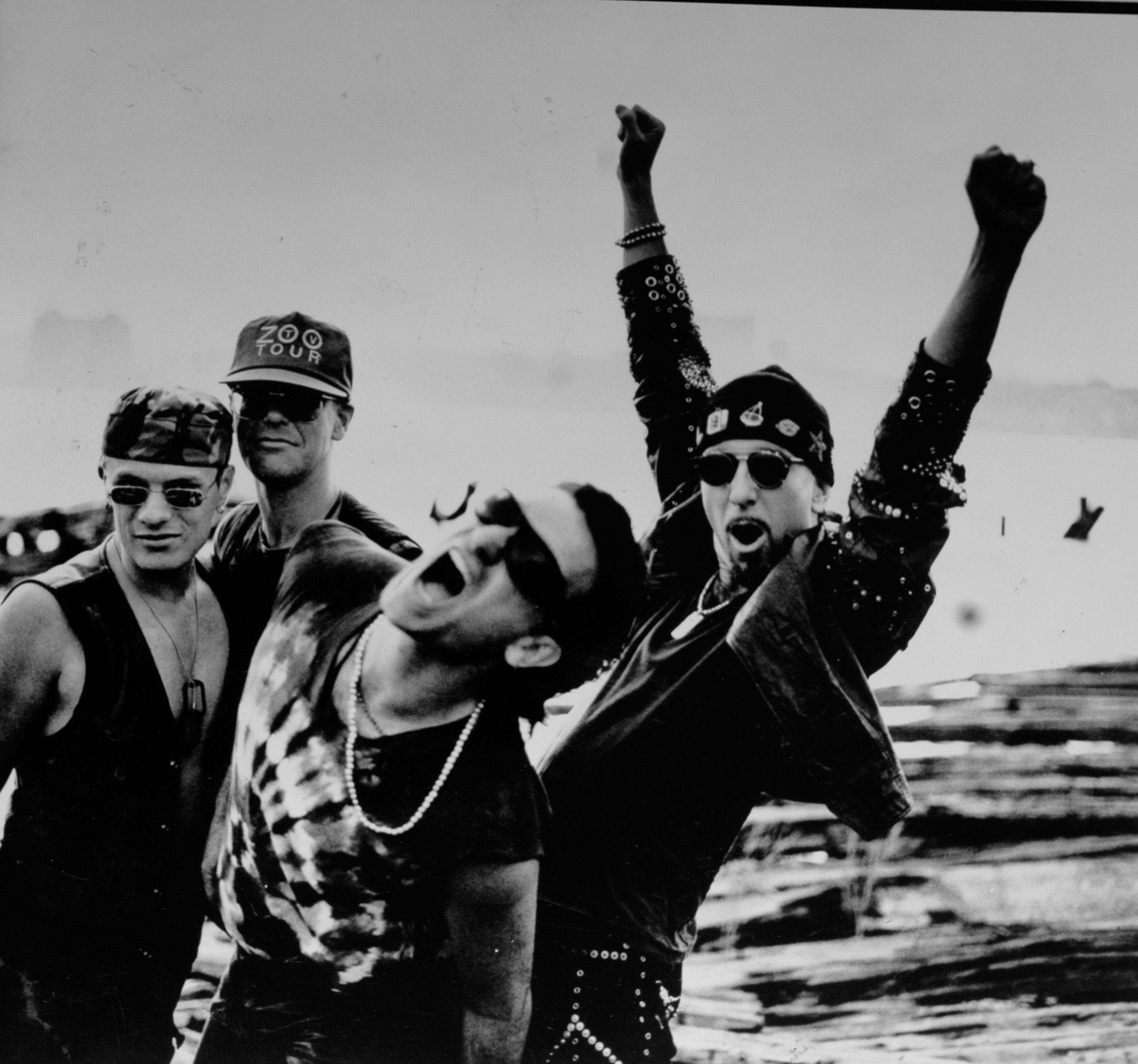
U2: Larry Mullen, Adam Clayton, Bono and The Edge
U2: Larry Mullen, Adam Clayton, Bono and The Edge
It is extraordinary to think just how close ‘One’ came to not happening. Given the unusual modus operandi U2 apply in the studio, there’s always a sense that songs are written by accident, but this was an extreme case. And yet it emerges as perhaps their finest creation, a ballad of great depth and beauty that’s open to a multiplicity of interpretations.
“I think it was based loosely on the position I was in regarding my last girlfriend and my wife,” Bono’s old Lypton Village associate, Guggi, reflected, offering one avenue towards understanding. “I was with my last girlfriend, Linda, for 14 years. And then I got a little studio down in the City Arts Centre. I was working there and then I heard that this German painter was coming over for six months, to work, and it turned out to be Sybil. We started painting together and it sort of went from there. And I was very close, physically close, to Bono at the time because he was around and we were spending a lot of time together. And I think a lot of that is captured in the song.”
‘One’ is a song about relationships. The implication of guilt, felt by someone who has just walked out on a long-term love, is there when Bono asks, “Have you come here for forgiveness/ Have you come to raise the dead/ Have you come here to play Jesus/ To the lepers in your head?” But the song is also a meditation on the extent to which their Berlin sojourn was testing the band’s collective sense of unity. “That’s an extraordinary thing about songwriting,” Bono observed. “What something is in essence, you don’t have to play to it. In fact if you play against it, you often get much more.
“‘One’, of course, is about the band,” he added. “It was after Adam flipped out in Sydney, and we’d had to do a show without him. We had just two nights to film, and the first was gone because he wasn’t there. So we had one night to get it. But he looks amazing in the film and there’s a real boldness to his playing. I don’t know how he kept it together.
“We thought that was going to be the end, to be honest with you. We didn’t know if we wanted to go on, if somebody was that unhappy. And that performance of ‘One’ suddenly becomes what it is about that night. It does have that quality as a song. Going around Europe, when the stuff was going on in Bosnia, sometimes 200 miles from where we were playing, you’d get a similar kind of feeling – that that was what it was about.”
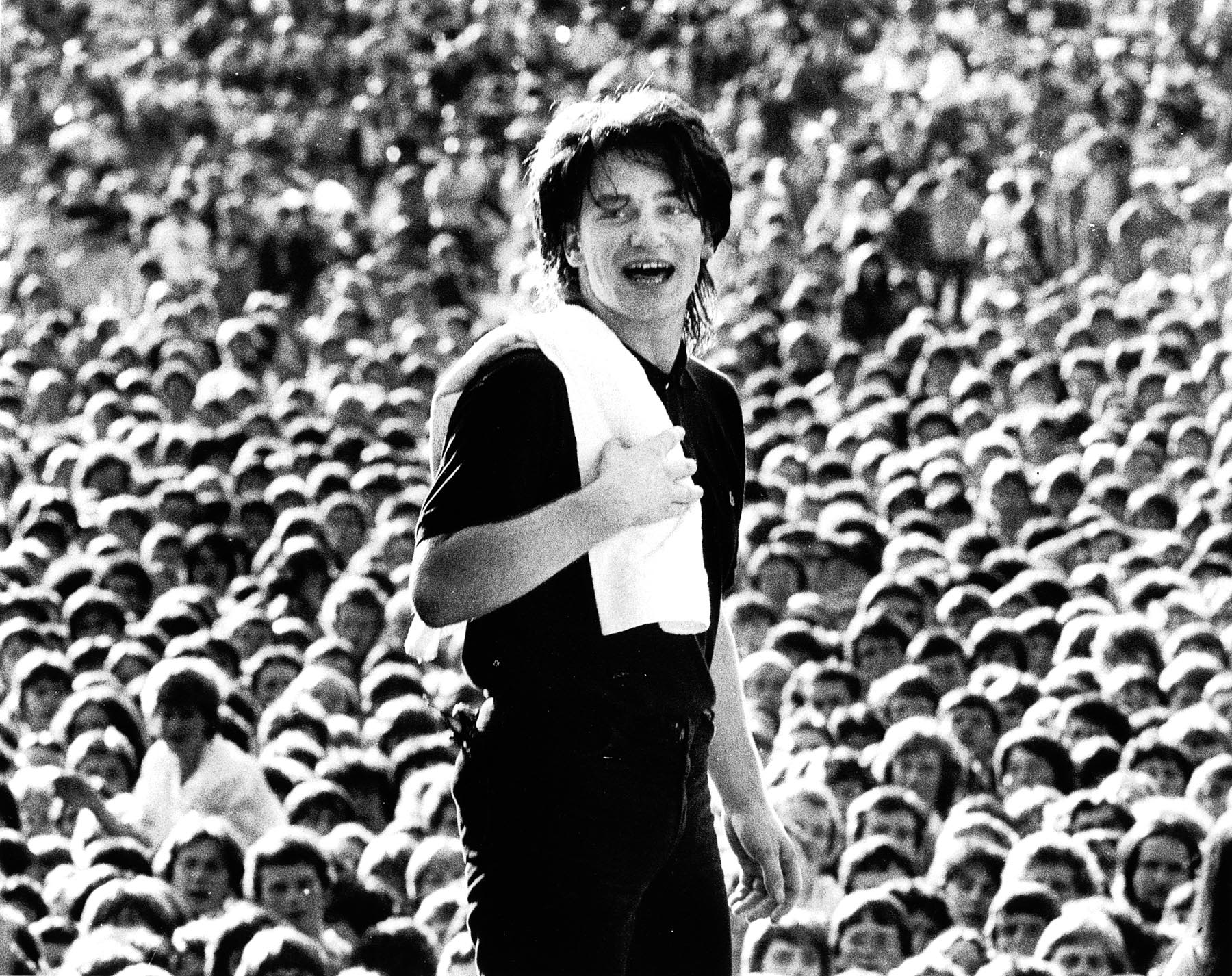
Bono onstage at Slane Castle, 1981, by Colm Henry
Bono onstage at Slane Castle, 1981, by Colm Henry
The song is unusual in opening with a question, the source of which is never explained. Bono was listening to the voices in his own head, imagining a conversation.
“Bono developed it into a lyric,” Edge said later, “that contained a lot more than the conflict and heartbreak that the song opens with, which is why I think the song has the power it does. There's an evolution. It doesn't stay in one place. You can almost feel the ice melting between these two characters as the song progresses.”
Three videos were made for ‘One’, each drawing on a different interpretation of the song. One, directed by Mark Pellington and built around an image of buffalo being herded over the side of a cliff, was based on the work of the artist David Wojnarowicz, who died of an AIDS-related illness in 1992. It led to speculation that ‘One’ was a song about AIDS and that the lyric was a conversation between a father and his HIV-positive gay son.
“It was part of one of the layers of the story,” Bono explained. “If a song deals with any kind of sexual or erotic subject matter, then the spectre of AIDS has to be present. But it’s not the only threat to relationships. Everything out there is against the idea of couples. The concept of fidelity is constantly undermined in every ad, every TV programme, every film, every novel you read. Sex is used to sell commodities. It has become a commodity itself. In fact, it’s always been a commodity.
“If sex is even close to the centre of our lives, how come we’ve relegated the subject to where it’s the property of the dullest of minds, to pornographers and the like? I still think it’s virgin territory because you’re prone to juvenalia in it, the 23 positions in a one-night stand type of boast, but there’s much more out there than that.”
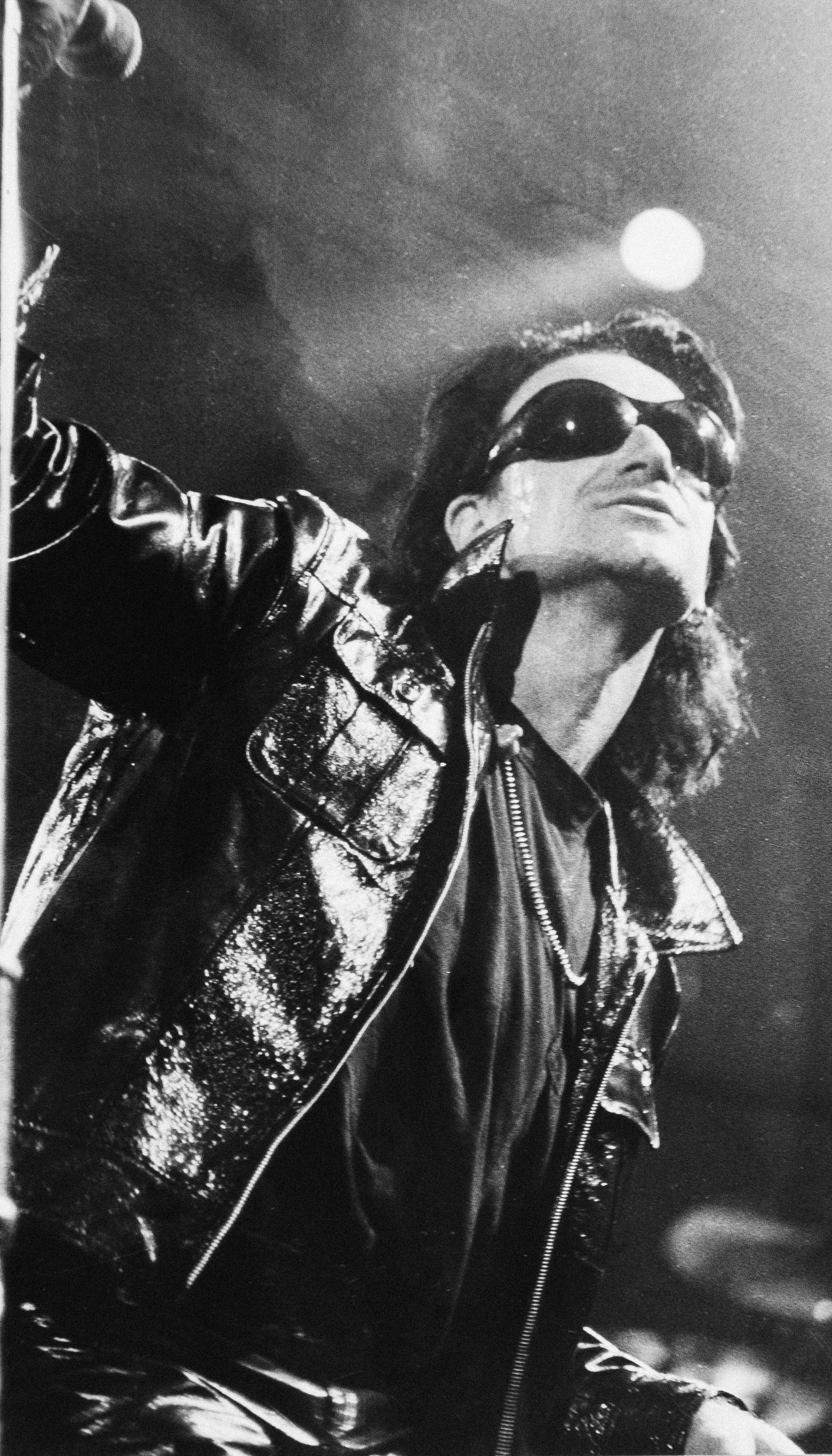
Bono: there is a light
Bono: there is a light
With the Berlin session in the bag, the tape of ‘One’ was taken back to Dublin. What they had was a good foundation but it still needed what The Edge termed “foreground”. That was when Eno came in and, with razor-sharp instinct, did a mix based on his personal prejudices, ruthlessly throwing out what he didn’t like. It was the breakthrough they needed. They got a picture of an arrangement that would work.
Flood remained unconvinced. “I was the nagging doubter,” he recalled. “I always felt it was a bit straight, until we did the final mix. It was all hands on deck. Bono didn’t like a line in the vocal and we basically spent the whole day re-doing it. From that, we went into mix mode and it was me, Eno, Lanois and Bono sitting at the back, all doing different moves, getting the mix to be quite emotional.
“There’s a point in the process when the technology gets lost and you can actually use the desk as an instrument. It started to happen on that mix. We got to just after the ‘Love is a temple’ section at the end and The Edge said, ‘I’ve got this great idea for a guitar riff’. So on the mix, there were three of us on the desk, the rest of the band vibing around and The Edge at the back of the studio, playing the guitar part live to the half-inch. “Personally, I feel that the song has such a strong emotional content – and we managed to completely honour and improve on that, the way we mixed it.”
Released in February 1992 as the third single from Achtung Baby, ‘One’ was a huge hit. An Irish No.1, it went gold in Denmark and the UK and platinum in Italy, despite the fact that the album was already in the process of selling in excess of 18 million copies, reaching No.1 in the US, the UK, Australia, Canada, France, Ireland and other territories across Europe, and going eight times platinum in America alone.
It has been one of the most consistently featured songs on the band’s live tours since, with the exception of the Vertigo tour, with Bono adding a new verse – dubbed ‘Hear Us Coming’ – on occasion. It has been played at numerous big events and charity concerts.
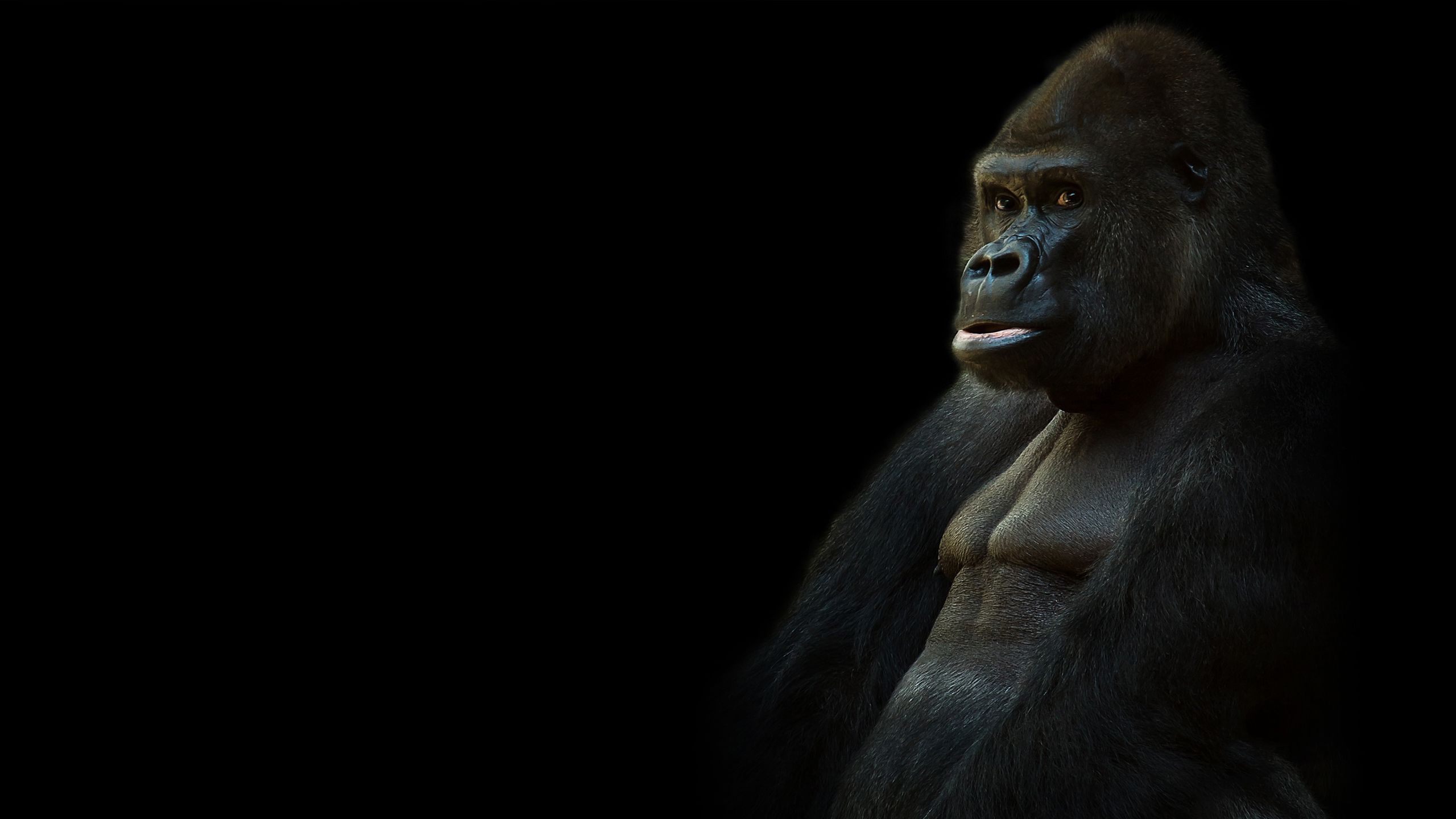
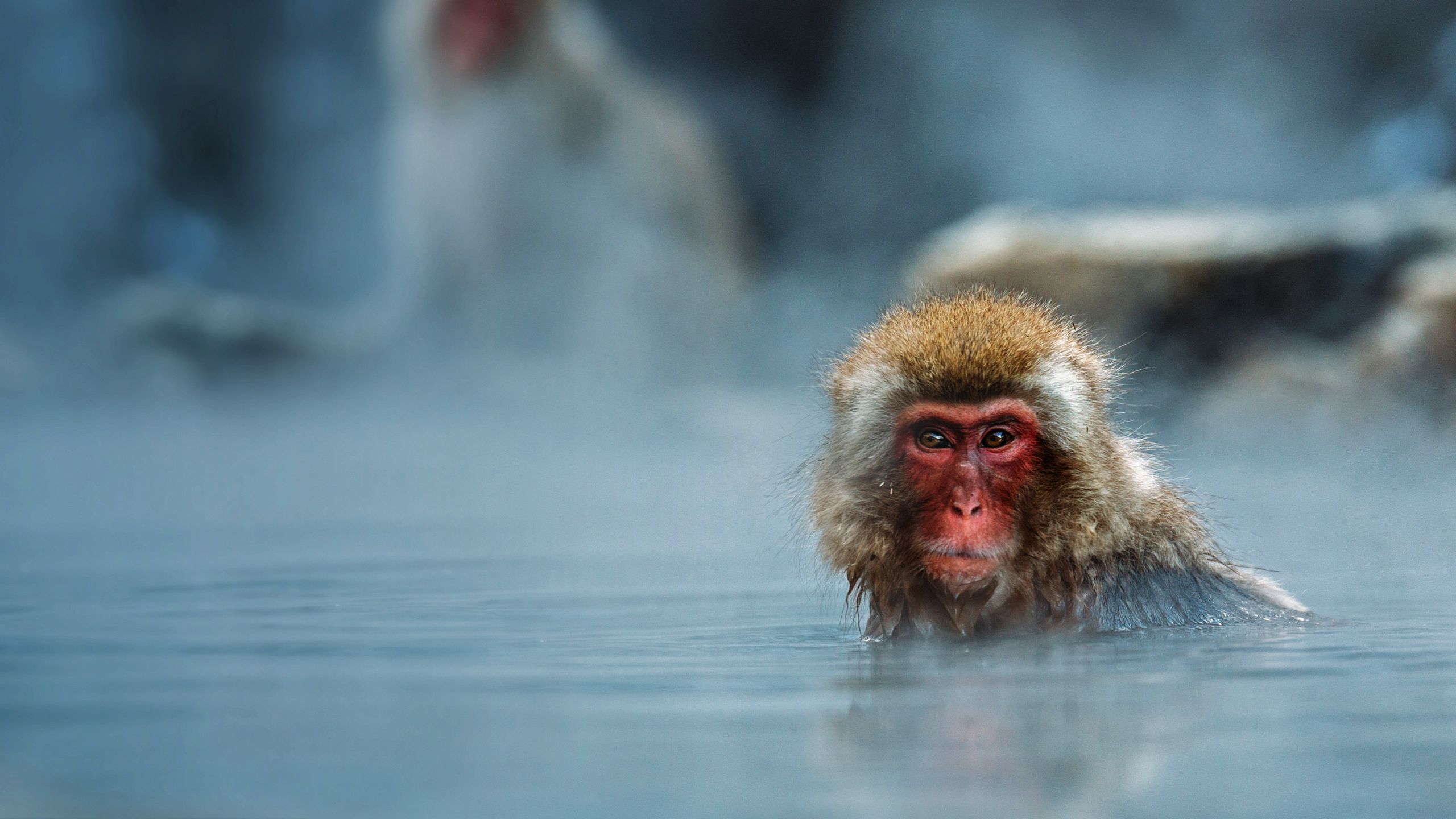
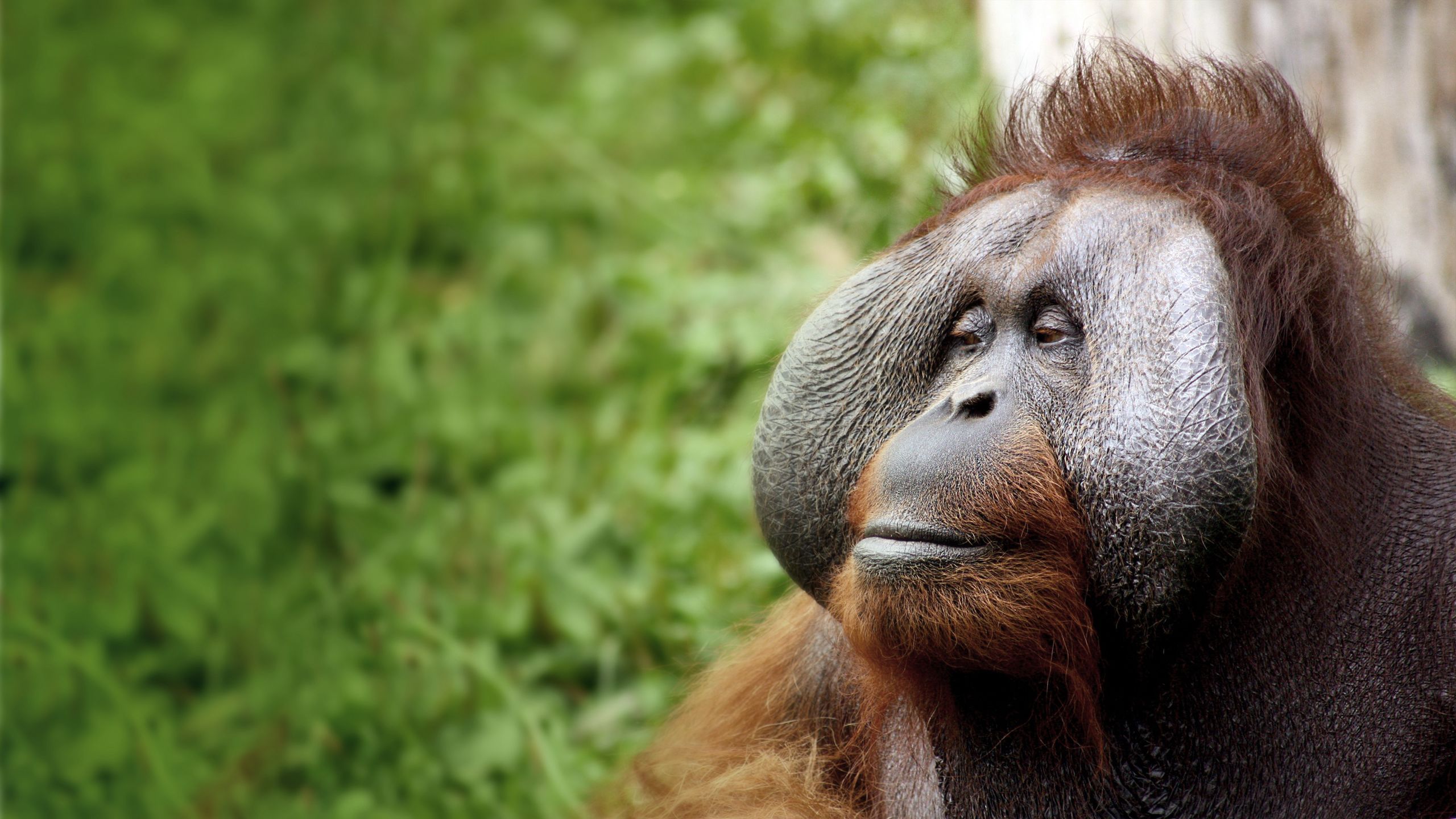
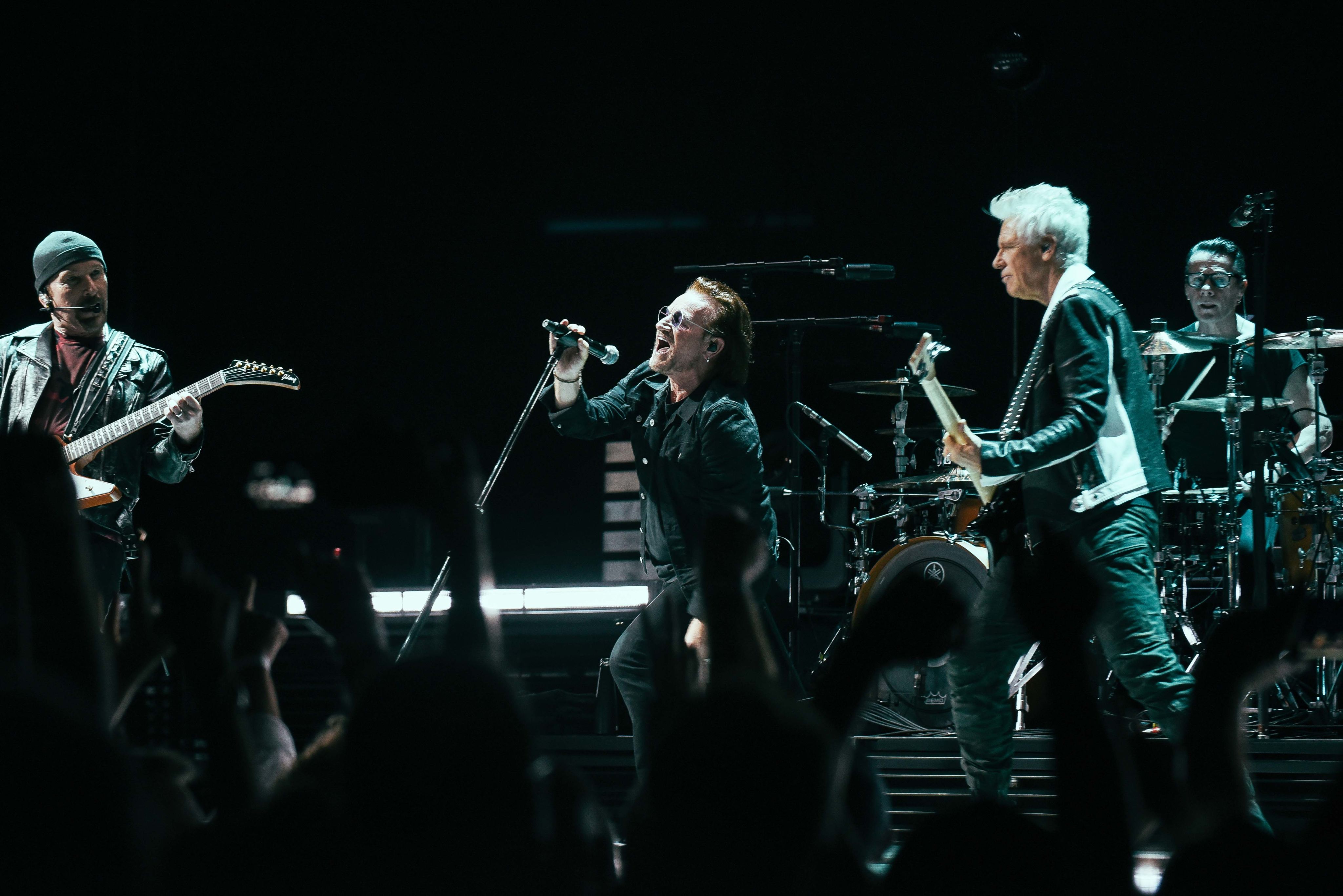
U2 at 3Arena in 2018, shot for Hot Press by Miguel Ruiz
U2 at 3Arena in 2018, shot for Hot Press by Miguel Ruiz
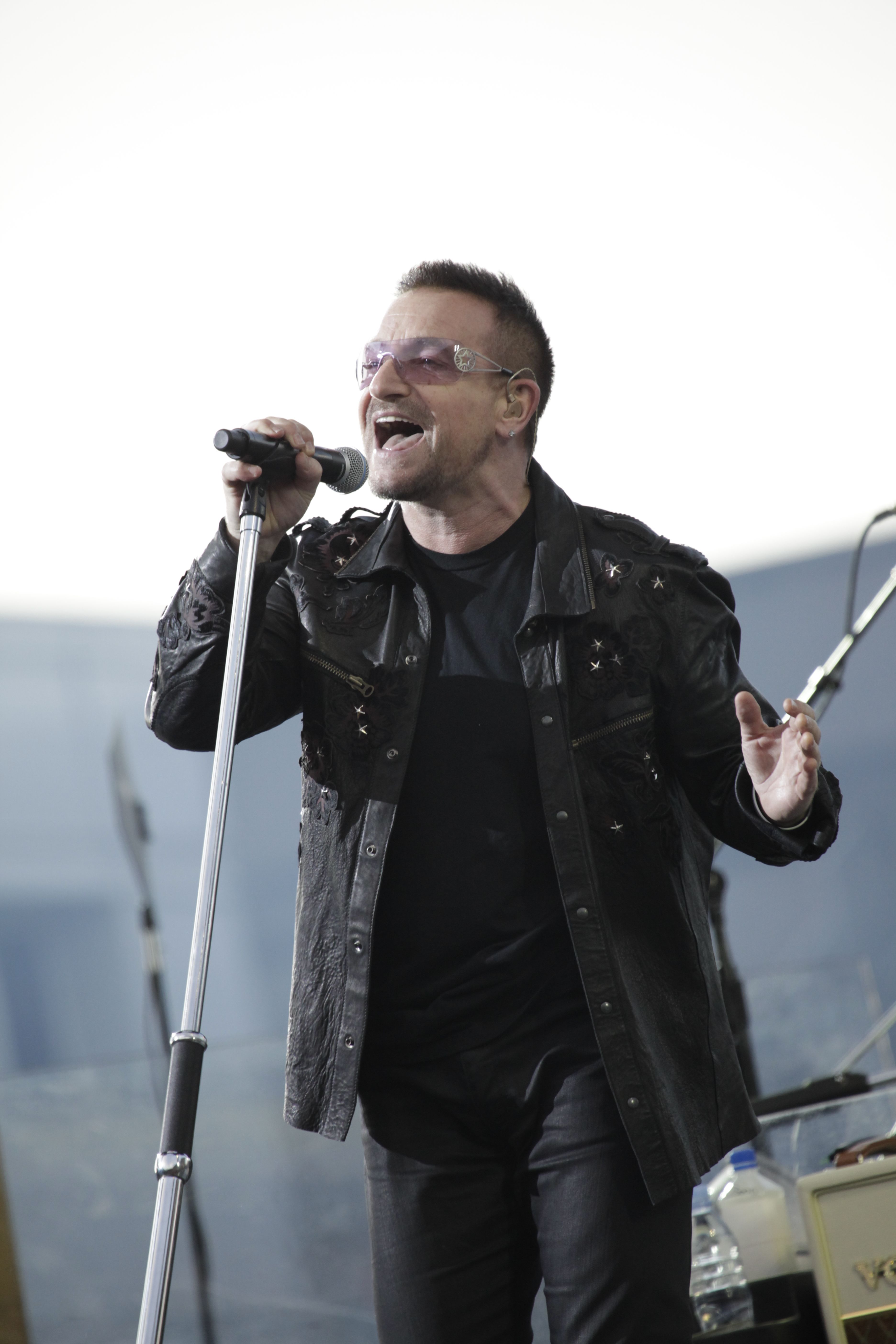
Bono, onstage at Croke Park, Dublin, during the Joshua Tree 30th Anniversary tour in 2017
Bono, onstage at Croke Park, Dublin, during the Joshua Tree 30th Anniversary tour in 2017
There have also been a number of impressive cover versions. Mica Paris had a hit with hers in 1995. Johnny Cash took it to another, more elemental place entirely, on his American III: Solitary Man (2000) album, produced by Rick Rubin. Damien Rice did a terrific rendition on the AHK-toong BAY-bi Covered tribute record (2011). Among well over 100 cover versions, artists as diverse as REM, Irish Eurovision winner Johnny Logan, Joe Cocker, Cowboy Junkies, Pearl Jam, Chris Cornell, Adam Lambert and Vanessa Paradis gave it their best shot – often with considerable success.
Best of all was soul singer Mary J. Blige, who collaborated with U2 on a version that appeared on her album The Breakthrough. The track was released as a single in April 2006 powering its way into charts across the world, reaching No.1 in Austria and Norway; No.2 in Ireland, the UK, Italy, Netherlands and Switzerland; and No.4 in the consolidated European chart, among many other successes. It is a magical performance, which dramatically highlights the depth and power of the lyrics in what is the ultimate soul treatment of any U2 song, Mary J testifying like an old time preacher, calling on emotional reserves that most singers can never even aspire to, as her voice reaches for the high notes with absolute conviction.
“Mary J Blige brought the song places I couldn't possibly have been or understood,” Bono admitted. “I don't know exactly where she went, or the names she put on the places, or the problems she was trying to solve with her interpretation, but I felt them so strongly.”
“She made it her own in a way that is kind of amazing,” Edge observed. “Same lyrics, same melody, but it felt like it was a different song when she sang it.”
One. But not the same. The beauty of the great songs is that they invite those kinds of extraordinary, diverse treatments. U2’s ‘One’ was – and remains – right up there with the very best of them.
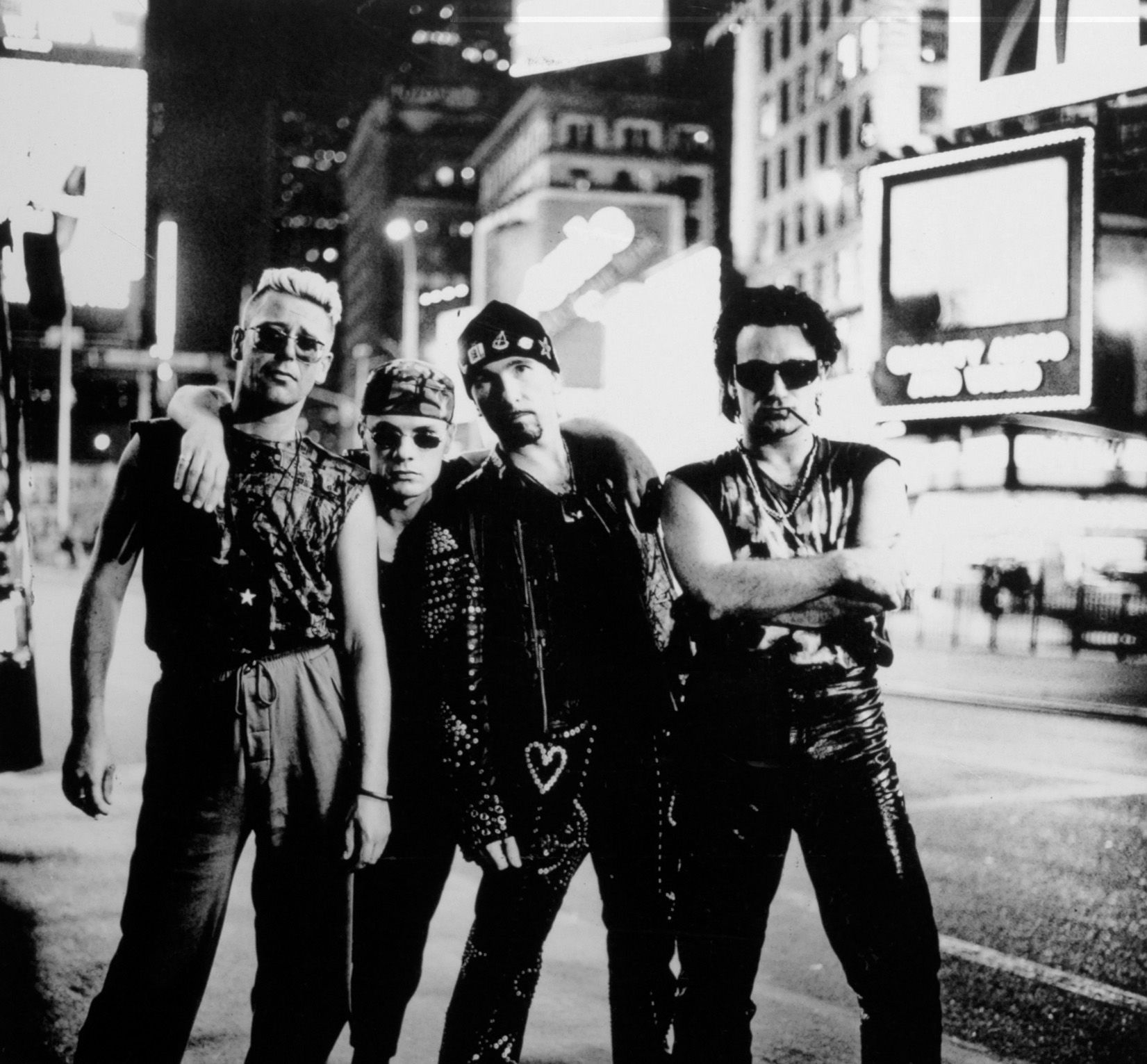
U2: "We're one, but we're not the same..."
U2: "We're one, but we're not the same..."
